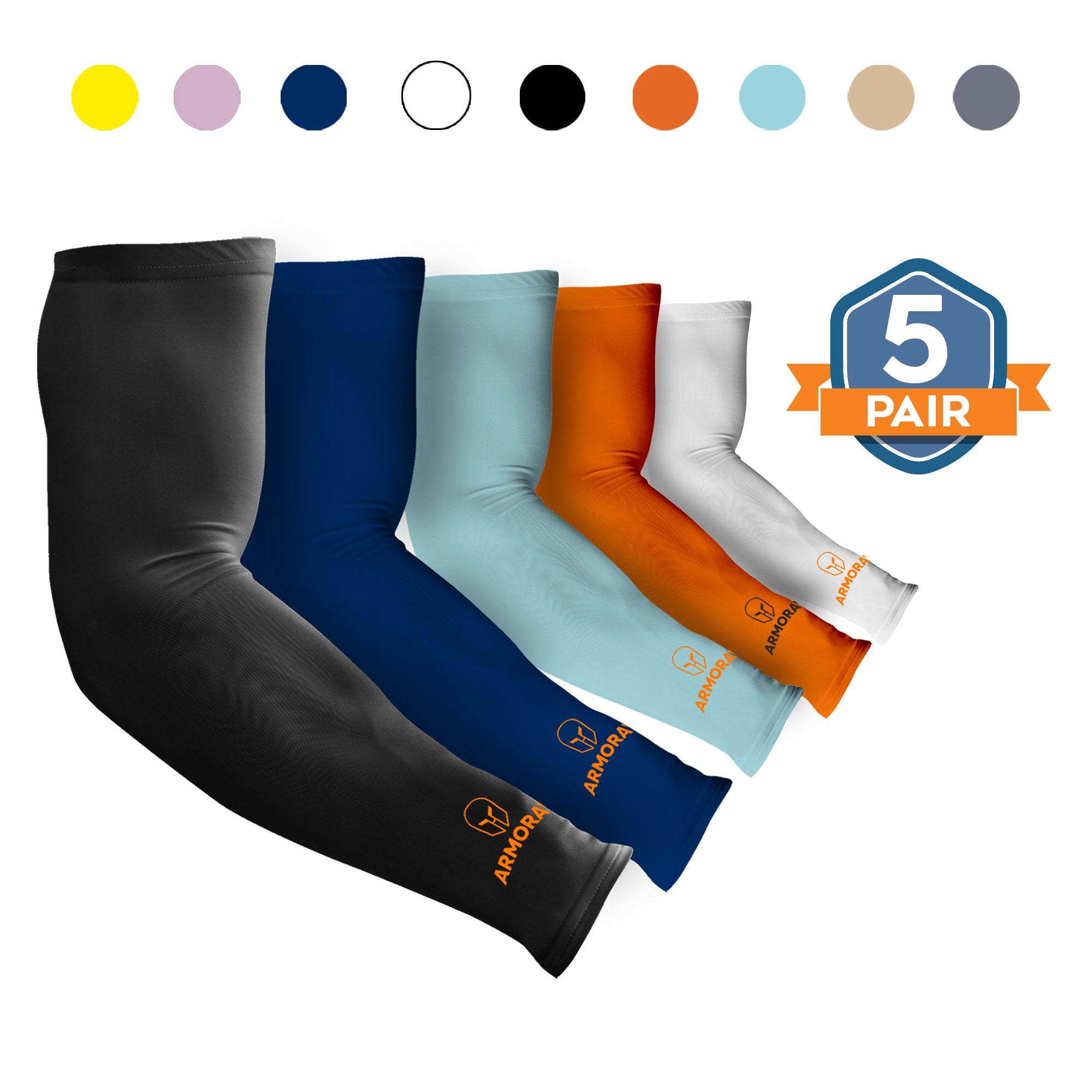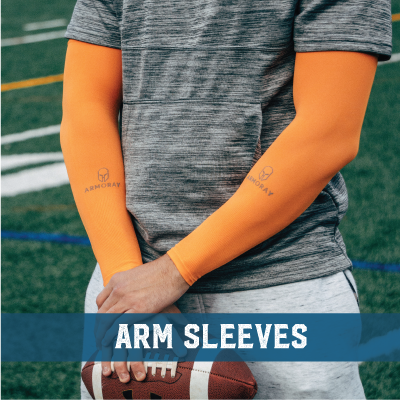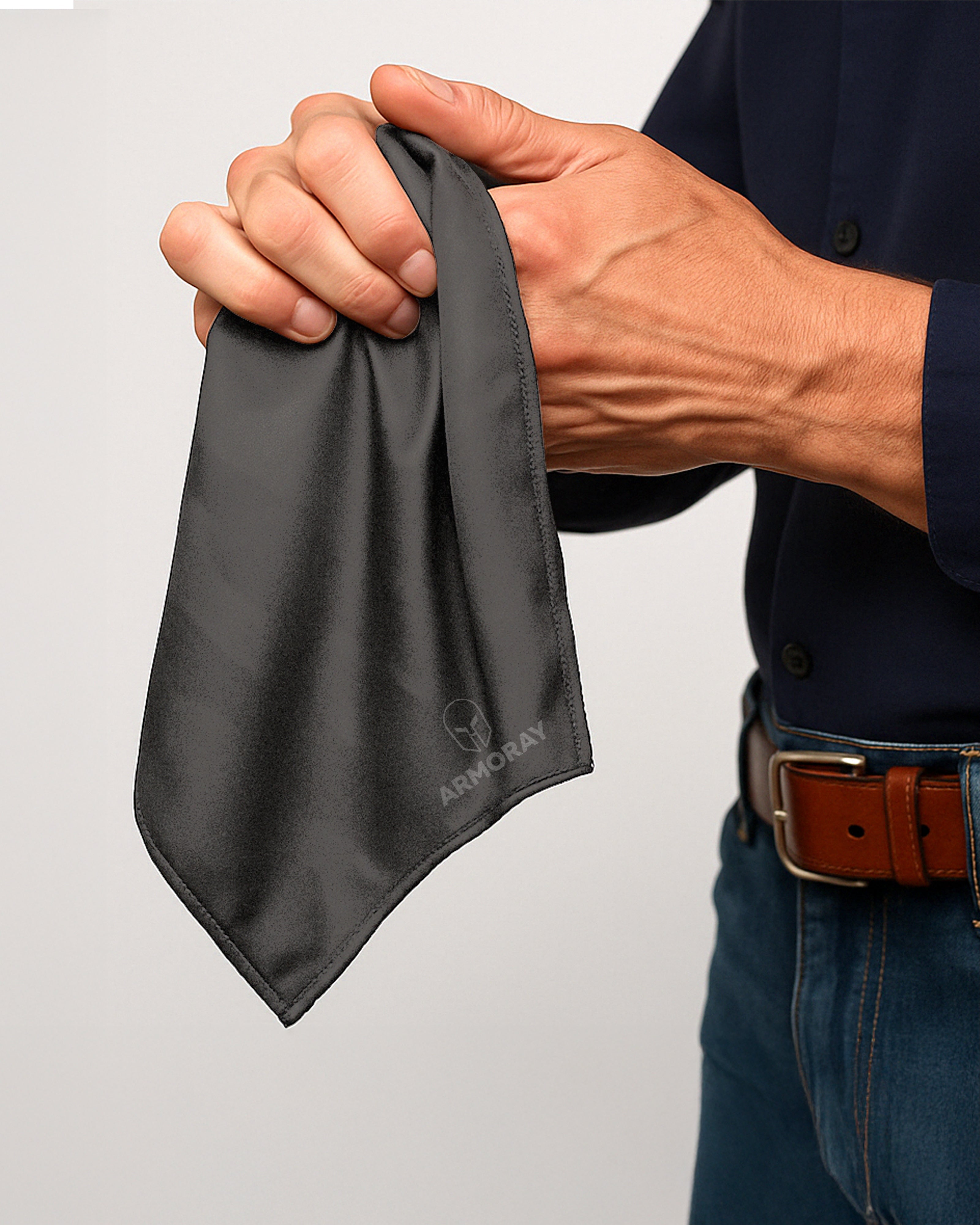Understanding and Managing Hyperhidrosis: Tips and Treatments

Do you struggle with excessive sweating? If the thought of wearing certain clothing or engaging in social interactions makes you anxious due to sweat concerns, you may be experiencing hyperhidrosis. This condition can significantly impact daily life, but there are effective tips and treatments available.
What is Hyperhidrosis?
Hyperhidrosis is a medical condition characterized by excessive sweating beyond what is necessary for temperature regulation. There are two main types: primary and secondary hyperhidrosis.
Primary Hyperhidrosis
This is the most common form, typically affecting the palms, soles, and armpits. It usually begins in childhood for palms and soles, while armpit sweating often starts around puberty. Individuals with this condition experience focal sweating that can be quite bothersome.
Secondary Hyperhidrosis
This type is less common and occurs due to underlying medical conditions such as infections, tumors, or side effects of medications. It can be localized or generalized, affecting larger areas of the body.
Diagnosing Hyperhidrosis
When evaluating someone for hyperhidrosis, dermatologists look for specific diagnostic criteria. Patients typically exhibit:
- Visible excessive sweating in specific areas.
- Ongoing symptoms for at least six months.
- Ruling out other causes of sweating.
For a diagnosis of primary hyperhidrosis, patients should also meet at least two of the following criteria:
- Bilateral sweating (affecting both sides of the body).
- Onset before age 25.
- A positive family history of hyperhidrosis.
- Occurrence at least once a week.
- Interference with daily activities.
- Resolution of symptoms during sleep.
Lifestyle Interventions
Before exploring medical treatments, there are lifestyle changes that can help manage hyperhidrosis:
- Stay in cool environments and avoid high humidity.
- Wear loose-fitting, breathable fabrics that wick moisture away.
- Consider clothing designed specifically for individuals with excessive sweating.
Brands like Numi offer undershirts that help conceal sweat. These lifestyle adjustments can complement further treatment options.
Medical Interventions
Once lifestyle changes are implemented, various medical interventions can be considered. The most common starting point is the use of antiperspirants.
Antiperspirants vs. Deodorants
It's essential to understand that antiperspirants and deodorants serve different purposes. Antiperspirants reduce sweat production, while deodorants mask odor without affecting sweat itself. For effective sweat control, focus on antiperspirants, especially those containing aluminum salts.
Choosing Antiperspirants
Over-the-counter and prescription-strength antiperspirants contain aluminum salts that temporarily block sweat glands. For optimal results, apply them at night when sweating is less active.
Some recommended products include:
- Vanicream Clinical Strength Antiperspirant: Fragrance-free and designed for sensitive skin.
- Certain Dri Prescription Strength: Comes in a rollerball format, ideal for application on different body areas.
Prescription Antiperspirants
If over-the-counter options are insufficient, prescription antiperspirants like Dry Salt (20% aluminum chloride) may be recommended. Patients typically apply these multiple nights a week, reducing frequency as symptoms improve.
Topical Glycopyrrolate
Another topical option is glycopyrrolate, sold under the brand name Cubrexa. This prescription wipe blocks sweat gland activation and is suitable for those aged nine and older. Side effects are rare but can include mild irritation.
Botox Injections
Botox has been FDA-approved for treating primary hyperhidrosis since 2004. It works by blocking the release of acetylcholine, a neurotransmitter that stimulates sweat glands. Patients typically receive injections in the armpits, palms, or soles, with effects lasting around six months.
Many patients report significant satisfaction with Botox treatments, often returning every four to six months for maintenance.
Iontophoresis
This at-home treatment uses a mild electrical current to reduce sweating. Patients immerse their hands or feet in water while a device sends a low-voltage current through the water. Treatment sessions last about 20 minutes and can lead to immediate improvements.
MiraDry
MiraDry is a more permanent solution for underarm sweating, utilizing microwave energy to destroy sweat glands. Patients may experience complete resolution after one session, but multiple treatments might be necessary.
While effective, this procedure can be costly, often ranging in the thousands due to the technology involved.
Surgical Options
Surgical interventions include removing sweat glands or performing a sympathectomy, which cuts nerve roots near the spine. However, these are considered last resorts due to potential risks and complications, including compensatory sweating in other areas.
Oral Prescription Medications
For those experiencing generalized sweating, oral medications like glycopyrrolate and oxybutynin may be prescribed. These anticholinergic medications reduce sweating systemically but can have side effects, such as dry mouth and eyes.
Conclusion
Hyperhidrosis can be a challenging condition, but understanding your options is the first step toward managing it effectively. From lifestyle changes to advanced medical treatments, there's a path forward to help you regain confidence and control over excessive sweating.
Resources
For more information on hyperhidrosis, visit SweatHelp.org. Don’t hesitate to seek help if excessive sweating affects your quality of life.











